The ideal dog poop 💩 should also not stink too much. The amount of dog poop and the stinkiness are both indicators of how much your dog is absorbing the food. The least amount of dog poop and less smelly it is, the better.
Ever since we have Rara, we have been talking to her like she understands us. (We think Rara understands us!) But how do we understand Rara – in particular, Rara’s inner body conditions and how she feels? Knowing the meanings of her poop change may help!
We do wish Rara can speak hooman language, and unfortunately her language to us are limited to barking and whining. 😄 But there is another way for Rara to communicate with us – we call it Dog Poop Language. (haha 😂).
Let’s Look at the “Four Cs” in Dog Poop
Not too long ago, we hoomans were saying that 4Cs (condominium, cars, cash and credit card) were the material “targets” in life 😅😂. Well, dogs also have 4Cs – in their poop! Understanding dog poop meaning actually requires a systematic approach in what experts call a “Four C” method. It was so surprising to us when we first learn this ourselves! And now when we stare at our furkid’s poop, passers-by stare at us. Oh, and the 4Cs stand for consistency, coating, contents and colour.

1. Consistency
There’s a ranking system that many vets use from a scale of 1 to 7. A consistency of 1 refers to poo that are super hard and comes out as pellets. A consistency of 7 is just simply a puddle of watery poo aka dog diarrhoea or lao sai. As dog parents we all want our dog’s poo to hit a scale of 2, where the poo looks like Play-Doh, has shapes like “caterpillars” and does not leave much residue on the ground when we pick it up. Let’s see the dog poop consistency scale visually below:

2. Coating
There should not be any coatings at all in poops. If there are any coatings like mucus or blood stains around your dog’s poop, it is a warning signal. If it persists for more than 2 bowel movements, you need to consider bringing your dog to the vet.
3. Contents
This one is a bit tricky as we are totally not expecting anyone to touch, roll and squeeze the poop. 😅 But if you can spot any unusual substance within your dog’s poop with your naked eye, it’s time to be alert. Some of the substances that look different from the usual poop are thin, white strands (may be worms) or grass (tummy upset).
4. Colour
Dog poops can come in a variety of colours! Every colour can signal something different in your pet’s body. If you are able to read poop colours, you may be able to understand why something goes wrong in your dog’s body.
The best quality dog poop colour is chocolate brown to darker brown. And all other colours most likely mean there is some deficiency in the body. For example, if your dog’s poop is light grey or ash colour, it probably means that there are too much calcium in your dog’s diet – your dog may have eaten too much bones. If the poo is very dark or black, a common reason may be because there are too much offals (organs like liver, heart, kidneys) in your dog’s food. A more serious case can be an indication of hemorrhage or internal bleeding, which will require a vet visit.
The Ideal Dog Poop
What should be the ideal dog poop? The “perfect” poop should contain these characteristics:
Consistency – Caterpiller-shaped, firm but not too hard (Some say “log-shaped”).
Coating – No coating at all around the poop.
Contents – Should not have anything out of the ordinary within the poop.
Colour – Chocolate brown to darker brown.
The ideal dog poop should also not stink too much. The amount of dog poop and the amount of stink are both indicators of how much your dog is absorbing the food. The least amount of dog poop and less smelly it is, the better. 😊❤💩
How About Cat Poop?
The understanding of cat poops are largely similar to dog poops. Of course, that cats expel much smaller stools and there are some problems that may be more pertinent to cats. A good example will be finding streaks of fur on the poop itself, as cats love to groom themselves (and way more often than dogs do!)
The 4Cs of poop knowledge otherwise applies to cats too. 😊
What About Other Common Dog Poop Issues like loose stool, mucus in stool or diarrhoea in dogs?
We have another separate article on common dog poop problems. We also share more about these poop meanings. Read more here 😃
And Here’s an dog chart (infographic) on.. Poop.
Here’s a visual dog poop chart showing a quick summary of the basic dog poop meanings that you can share with your fellow furry friend owners! Do share around and let us know if you have any poop questions! 😄
You can also read more about the background on how most pet owners come to feed processed kibbles today here.
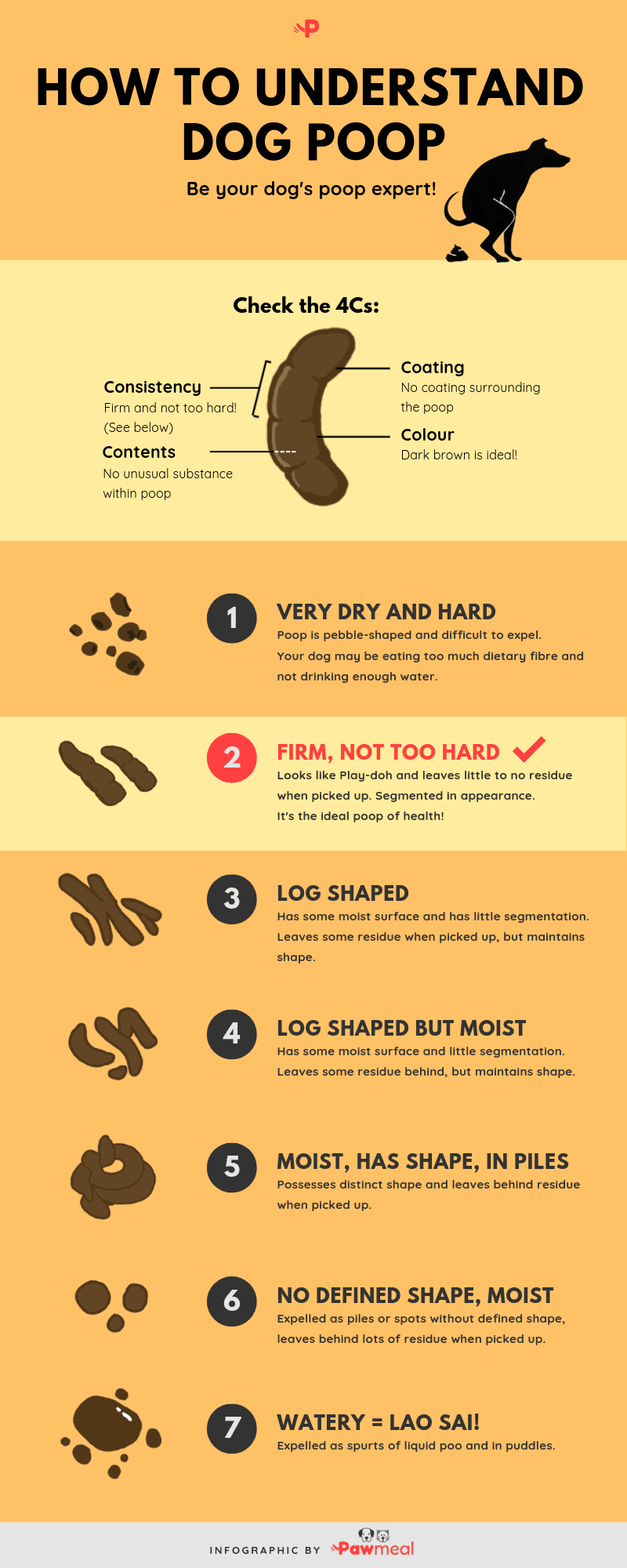
(All images are created internally and copyright by Pawmeal.)
Additional reference on dog poop here.

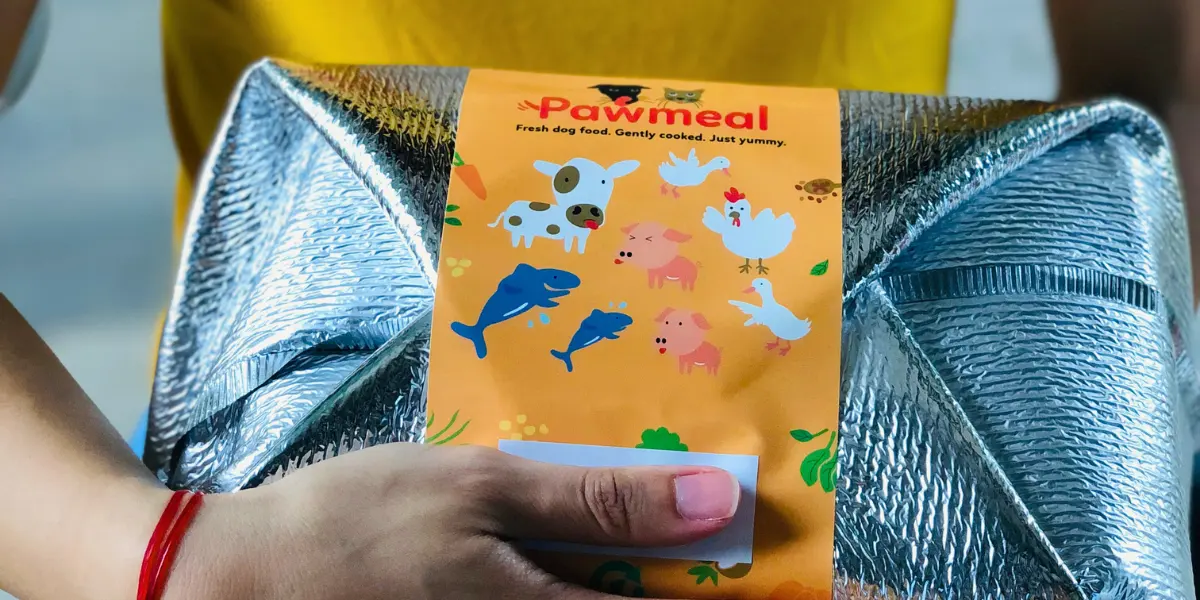
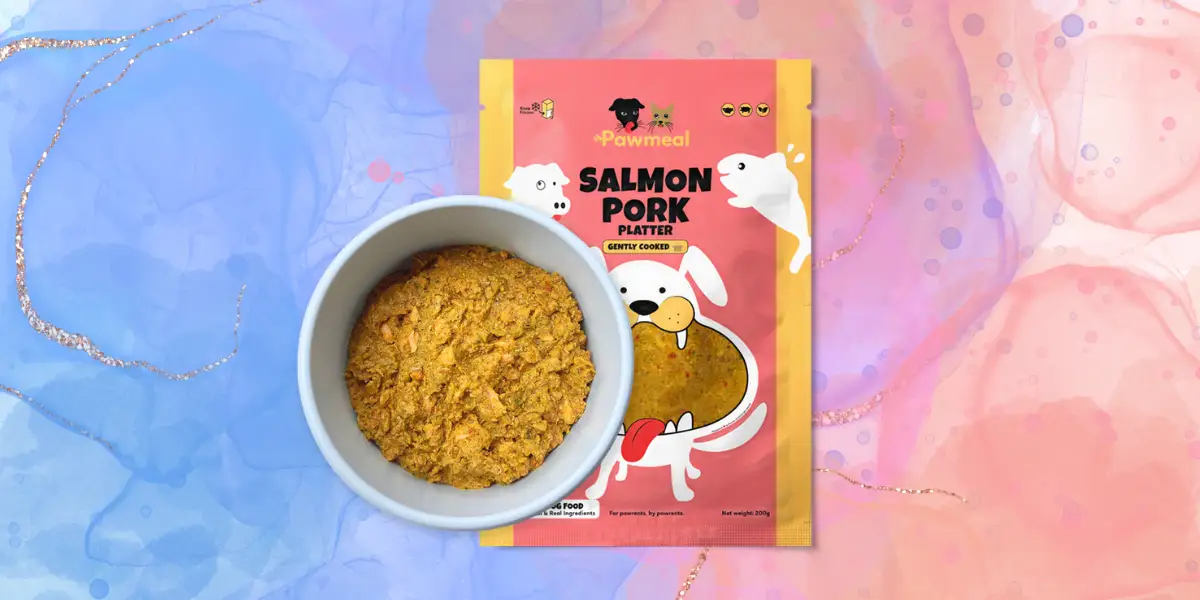

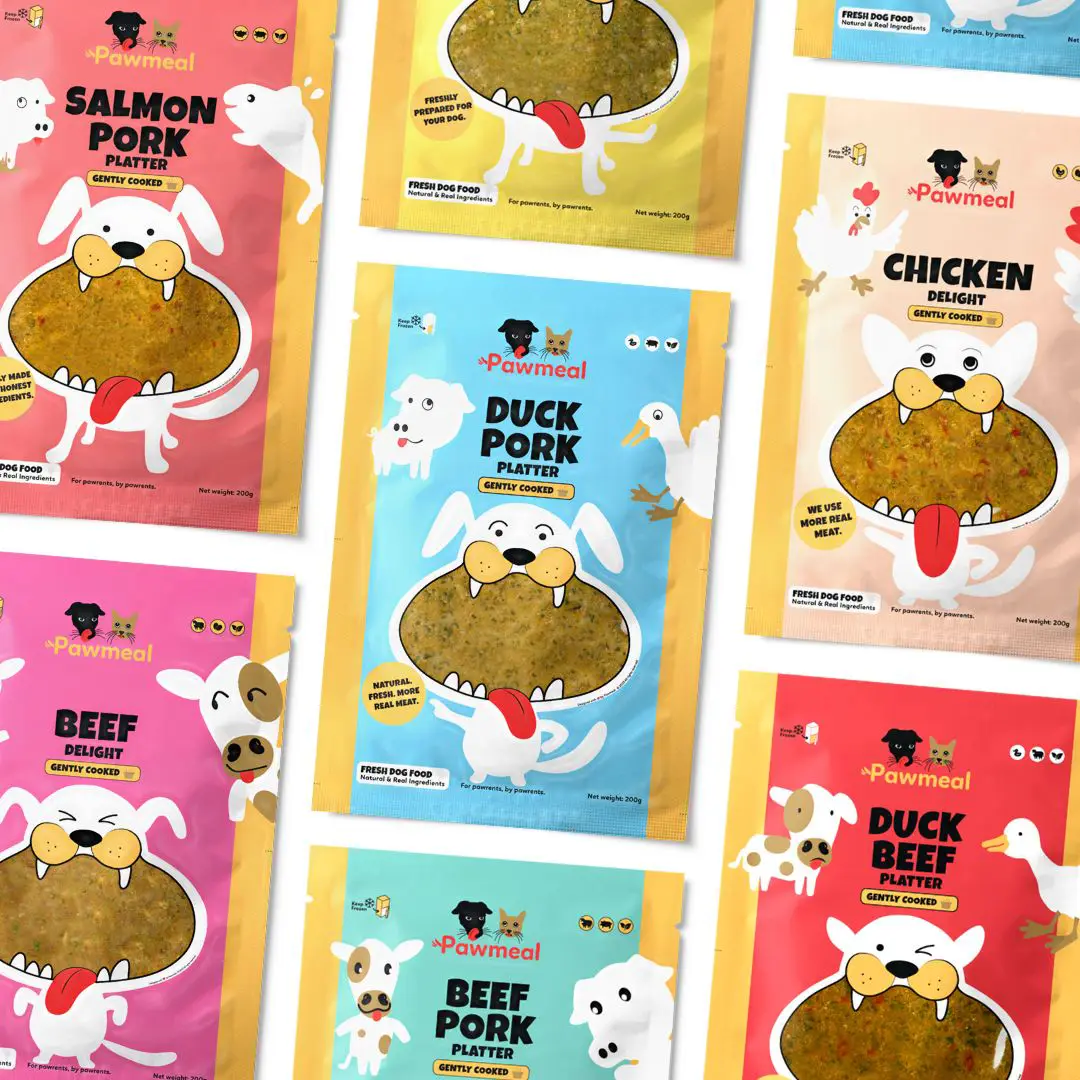
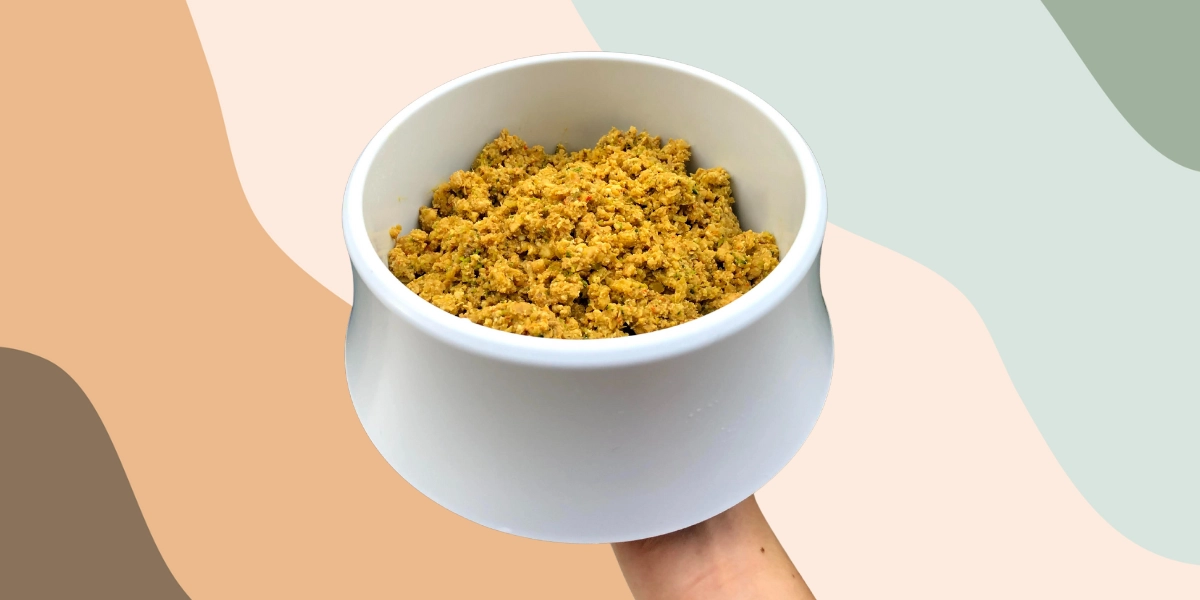
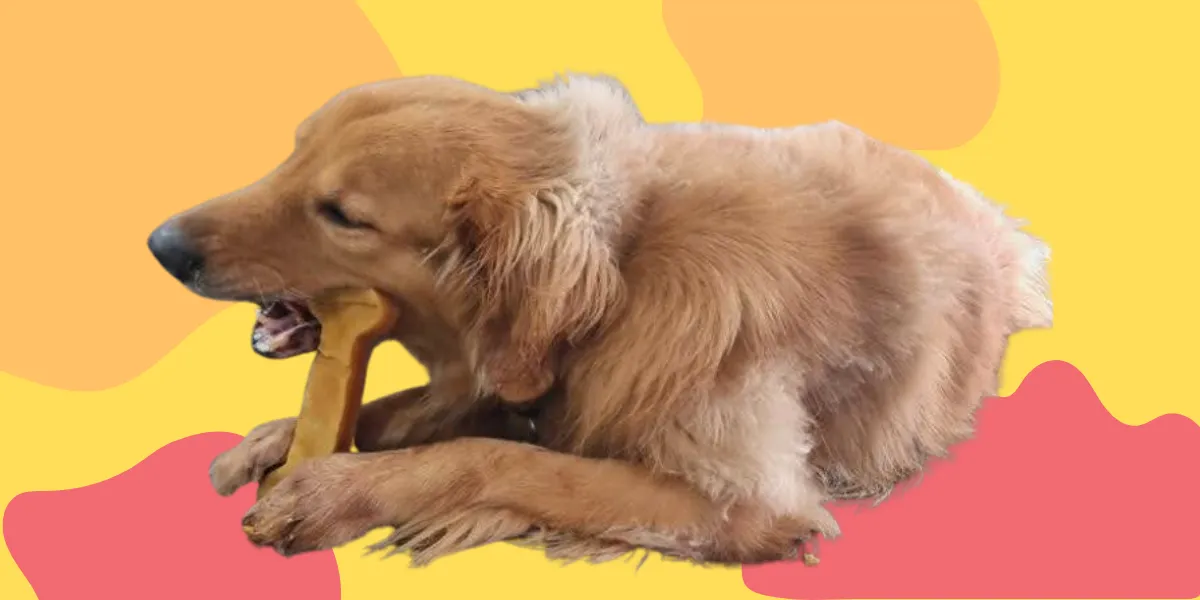


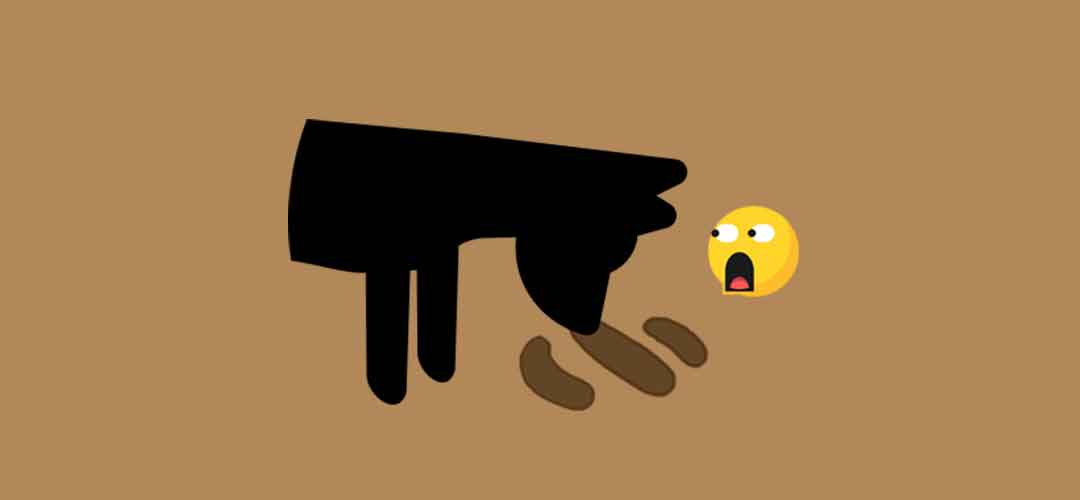
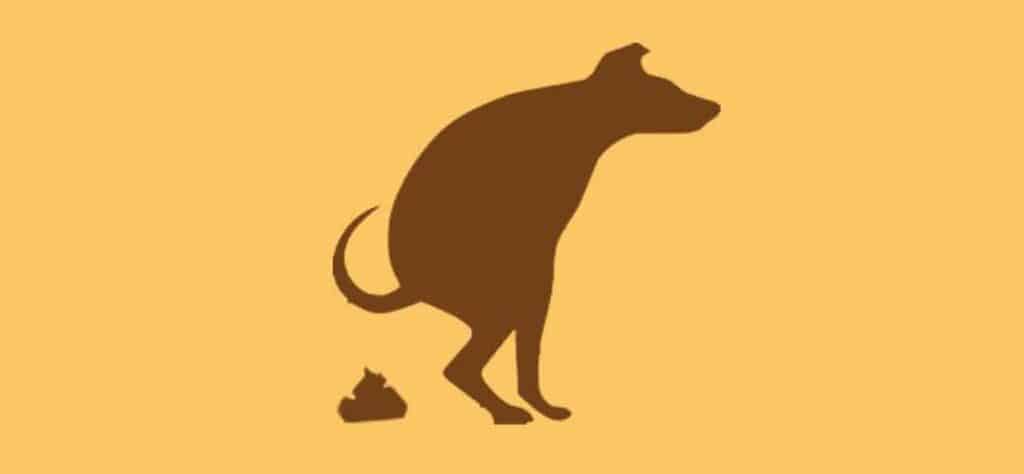
Hello and thank you for the article. I’m needing some advice and could use some direction, please. Our small chihuahua has been lethargic with little to no appetite the last 24 hours. His poop seems normal at first but finishes with diarrhea. I’m worried he’s in pain as he’s arching his back quite a bit with a tucked abdomen. He’s also rubbing his eyes into the carpet often. I’ve scheduled an appointment with a vet but worried about his pain now. What can I do?
Hello Monica, hope your Chihuahua is recovering by now!
You mentioned 3 observations – Diarrhea, Arched back with tucked abdomen, and rubbing eyes onto carpet.
We are not sure if these are inter-related (especially it’s on 3 different parts of your dog’s body), so try to isolate the symptoms first. Diarrhea – Food that is soothing to the tummy may help. Such as pumpkin, sweet potatoes with some boiled meat.
Arched back with tucked abdomen – this may well need closer checking – glad you are bringing your dog to the vet!
Rubbing eyes – this usually could be environmental, behavorial, seasonal or in some cases due to internal changes in body. Ensure home is clean, and monitor for a while more. We have heard from other pawrents that one possible reason could also be a seasonal factor that causes pets to keep rubbing their eyes. May do well to ask vet about this too during consultation.
Hope these help!